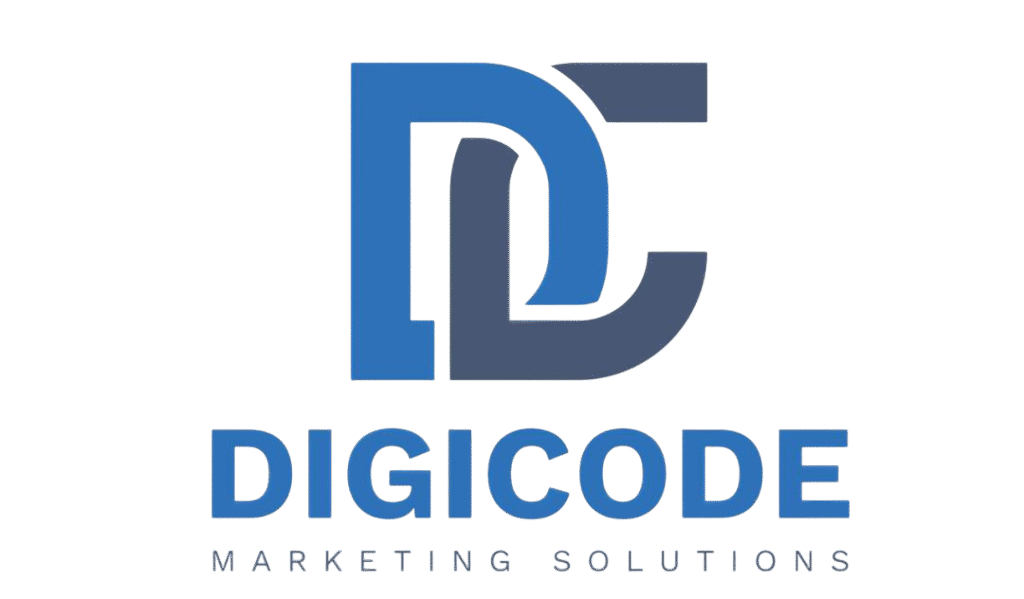Setting marketing goals is key to the success of any school or academy operating in the field of education, whether online or offline, and is an essential part of any successful marketing plan, translating the brand’s vision into clear and measurable goals.
Marketing goals are simply the compass that guides a company’s strategies toward achieving the desired results, helping to organize efforts and ensure that resources are invested effectively.
In this article, we will highlight how to set marketing goals and review practical steps for formulating them effectively, in addition to examples and key performance indicators.
What are marketing objectives?
Marketing objectives are specific, measurable goals that aim to achieve certain goals within a specific time frame. These objectives help organizations translate their overall vision into practical, achievable steps.
Why do you need clear marketing goals?
In an ever-evolving competitive world, it is not enough to simply promote educational programs. You need to set clear marketing goals that define priorities and enable you to measure the success of your strategy. The right goals help you:
1. Direct efforts efficiently
When your company knows what it is trying to achieve, all efforts become consistent and focused on the ultimate goal, reducing randomness and increasing efficiency.
2. Improve resource allocation
By setting goals, you can see where you should focus your resources and efforts to achieve the highest return on investment.
3. Facilitate performance measurement
Clear, measurable goals make it easy to assess whether your organization is making progress toward its vision or needs to adjust its strategies.
How can you effectively set marketing goals for your educational organization?
1. Define your educational organization’s vision and overall goals
Start by defining your institution’s overall vision. Ask yourself: What do you aspire to achieve in the long term? For example:
Do you want your brand to become the first choice in the market?
Or are you looking to expand into new markets?
By defining your vision, you can ensure that your marketing goals are aligned with these aspirations.
2. Analyze the current situation:
Before setting goals, you need to assess your position in the market. This analysis requires looking at strengths, weaknesses, opportunities, and threats (SWOT).
SWOT analysis helps you understand the strengths and weaknesses of your organization, as well as the opportunities and threats in the market.
When you discover weaknesses in a particular area, you can set a goal to improve that area. Or, for example, if you find new opportunities for expansion, you can set goals to take advantage of them.
For example:
Strengths: What makes your organization stand out?
Weaknesses: What obstacles do you face?
Opportunities: What market trends can be exploited?
Threats: What risks should be avoided?
3. Understand the stages of the buyer’s journey:
The buyer’s journey consists of four main stages, each with its own goals and appropriate marketing strategies:
Awareness (Discovery):
Objective: Increase awareness of the educational programs offered by the academy.
Tactic: Create engaging educational content (such as articles, videos, and webinars).
Example: “How do our programs help students excel in their exams?”
Consideration:
Goal: Convince potential students to choose your services.
Tactic: Offer clear solutions to their educational challenges.
Example: “Our test prep courses are available with flexible schedules to suit everyone.”
Conversion:
Goal: Convert visitors into enrolled students.
Tactic: Highlight the features of your programs, such as quality, pricing, or accreditation.
Example: “Enroll now and get a free orientation session.”
Retention:
Goal: Ensure the loyalty of current students.
Tactic: Provide ongoing support and improve the user experience.
Example: “Student support is available 24/7 to answer your questions.”
4. Apply the SMART model:
To ensure the effectiveness of your marketing goals, use the SMART model, which is based on the following criteria:
Specific: Define your goals precisely and clearly.
Example: “Increase the number of registrants in the English language program by 20%.”
Measurable: Use clear performance indicators to measure progress.
Example: “Reach 10,000 monthly visits to the website.”
Achievable: Ensure that goals are realistic and feasible.
Example: “Achieve these goals within 6 months using paid campaigns.”
Relevant: Make goals relevant to the company’s vision and market needs.
Example: “The goals support the academy’s vision of providing high-quality education.”
Time-bound: Set a time frame for achieving the goals.
Example: “Achieve the goal before the end of the current semester.”
Examples of SMART marketing goals for educational institutions:
1. Increase course enrollment
Goal: Increase the number of registrants for online courses by 10% within 6 months.
2. Boost brand awareness
Goal: Increase the number of followers of the educational institution’s social media accounts by 20% within 3 months.
3. Improve engagement with prospective students
Goal: Increase engagement on Facebook and Instagram by 30% within 3 months.
4. Improve current student loyalty
Goal: Reduce student attrition by 15% during the current academic year.
5. Promote new programs or courses
Goal: Sell 300 seats in the new course within the first month of its launch.
6. Enhance the institution’s digital presence
Goal: Improve the institution’s website ranking in search engines so that it appears on the first page within 12 months.
Key Performance Indicators (KPIs) for measuring the marketing objectives of educational institutions:
1. Attracting prospective students
Number of new prospective students.
Conversion rate of prospective students to course registrants.
2. Website indicators
Number of unique visitors to the institution’s website.
Average time spent by visitors on the website.
3. Social media engagement
Engagement rate (likes, comments, shares) on the institution’s posts.
Number of new followers on social media accounts.
Number of clicks on links to courses or educational programs.
4. Market share
Revenue generated from registrations compared to the total market for educational institutions.
Comparison of the institution’s market share with competitors in the same field.
5. Student retention rate
Percentage of students who re-enroll in new courses or other programs.
Student evaluations and satisfaction with the educational experience.
Marketing goals are not just theoretical statements; they are a roadmap that guides your company toward success.
Effectively setting marketing goals is an essential step for any company’s success. By following the steps above and using key performance indicators, you can ensure significant progress that contributes to the growth of your business and the achievement of your long-term vision.
Remember that success in marketing is an ongoing process that requires careful planning and continuous follow-up.






